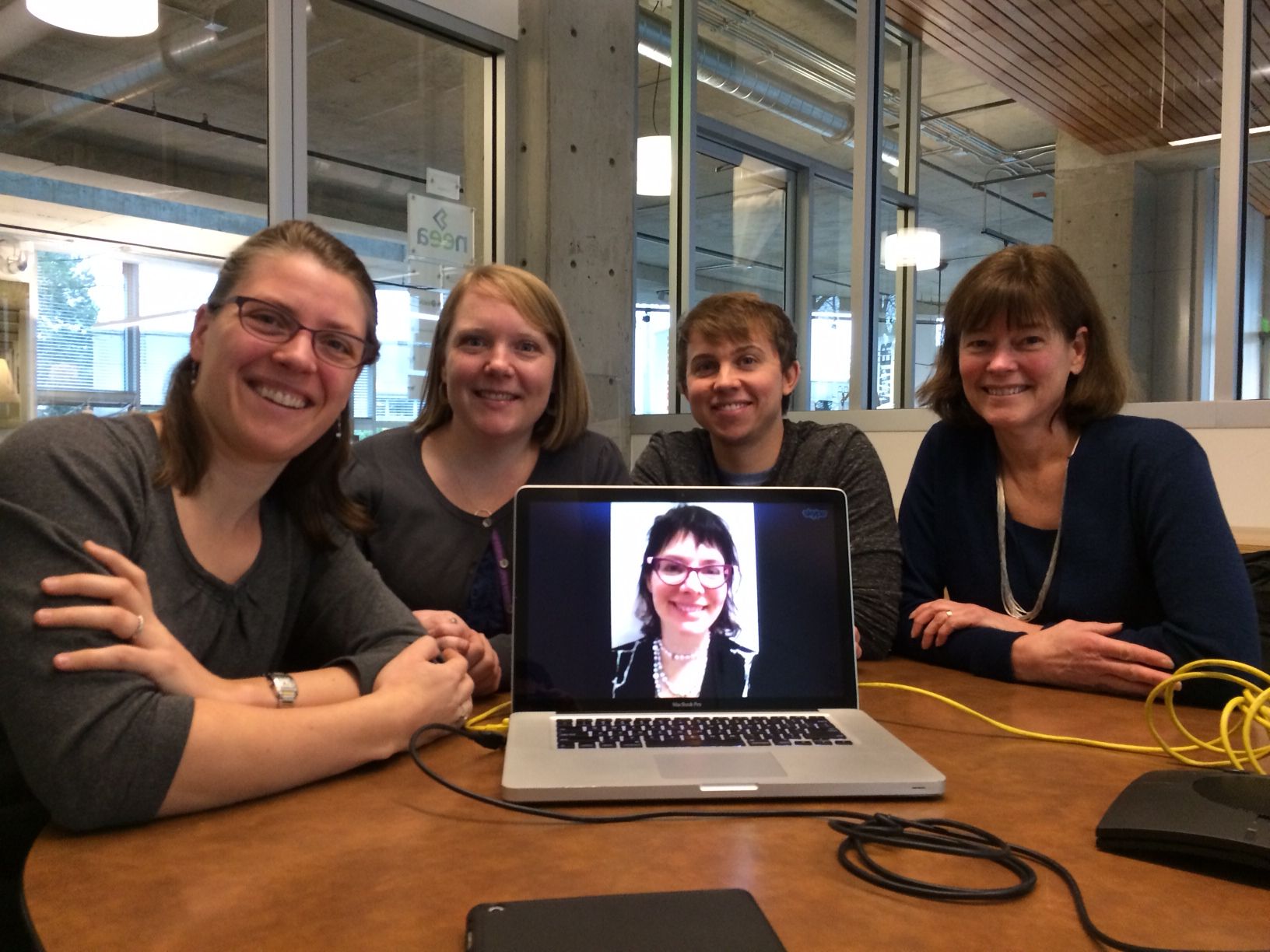Academic Engagement
The CAP emphasizes the importance of interdisciplinary work and also that the UW seeks to “link the academic and administrative communities in joint projects that are likely to contribute directly to UW’s climate goals” (pg. 12). Campus-based interdisciplinary activities are at the heart of this proposal. We propose to leverage existing relationships to engage students, faculty and staff from a variety of disciplines, departments and divisions to consolidate and translate knowledge about campus building operation and energy use through the development of a building use audit that includes human factors, a cultural assessment of users, operational knowledge from facilities, and data from building sensors.
A historical timeline provided in the CAP documents the development of UW policy and environment programs. This project team, however, did not see the College of Built Environments (CBE) represented and we see this as an opportunity to connect CBE research to university wide initiatives. The proposed project will take advantage of the expertise of the CBE through a project team consisting of faculty and students with backgrounds in architecture, engineering, and green building science, in partnership with faculty and students from the College of Arts and Sciences Department of Communications. There is a wealth of untapped knowledge in existing and potential collaborative partnerships between this proposal team and the UW staff, specifically the Capitol Projects Office, Campus Engineering and Operations, and Facilities Maintenance and Construction.
These cross-disciplinary partnerships can provide information about the use of campus buildings that mono-disciplinary research is unable to provide. For example, maintenance staff will have a different understanding of building use that will complement engineering and operations knowledge about the same building. Interdisciplinary partnerships and research will foster a more holistic understanding of building use and will bring together a broader range of expertise in research methods, resulting in more rigorous analysis and more useful deliverables. Engaging the campus at multiple levels demonstrates the commitment of the UW in regards to the environmental impact of our community and campus.
The CAP calls for student participation in research and engagement in addressing climate-action and sustainability issues. Students will be trained to perform building use audits and will learn about the impact of the built environment and patterns of occupancy on energy use. Students will gain research skills, both in quantitative data gathering and qualitative interviews. Students will also have the opportunity to learn from faculty and facilities staff about improved design and operation of buildings. This combination of cross-disciplinary learning activities will offer architecture and engineering students a rich learning experience and the opportunity to build real-world design, practice and collaboration skills that will strengthen their ability to participate in forward-thinking practice upon graduation.
Reducing University Emissions
This proposal directly targets Scope 1 of University Greenhouse Gas Emissions: direct emissions that originate from real estate and equipment owned by the university. It also addresses strategies for reducing university emissions (Section 4.2 and 4.3). The CAP identifies recommended actions and, while user behavior is not explicitly mentioned, this proposal directly relates to several of these strategies.
The CAP expresses need for integrated design including the participation of building users. Including building use audits in design and retrofit processes will improve the ability of the UW to implement energy efficient designs. Similarly, making informed energy decisions involves a holistic understanding of building energy consumption, which includes the systems as well as occupant behavior. Energy modeling is mentioned as a tool to help make informed energy decisions. However, current modeling software packages are limited in their ability to model human behavior. Thus, a UW building use audit tool will help fill this gap and render energy modeling results more accurate and effective. Next, the CAP references the need to measure and monitor building performance. Observation of building use patterns is necessary to identify greater opportunities for conservation. Understanding occupant schedules and behavior can help the UW implement advanced energy control strategies and behaviour-change initiatives to further reduce energy consumption.
Outreach and Engagement
This project could lead to outreach aimed at furthering the achievements of the UW in fostering a more sustainability oriented community. For example, the UW Green Teams brings together faculty, staff and students to discuss environmental sustainability issues. This project team could present the results to the Green Teams and pass along the building use tool for use in their own audits.
This project is also envisioned as the first phase in a potential multi-phase project. Phase 2 could involve the development of outreach methods and tools for green building teams and FS staff to connect building use audit results with initiatives for behavior change. The Sustainability Dashboard could be used as a medium for communicating results of future building use audits to the larger community. Collaboration with the work of Julie Kriegh around culture and user behavior could help inform campus wide campaigns encouraging changes in building use behavior. Finally, this proposal could also lead to future work with CPO by influencing how they can incorporate building use audits into new construction and renovation project designs and also how to translate results into energy modeling assumptions.
